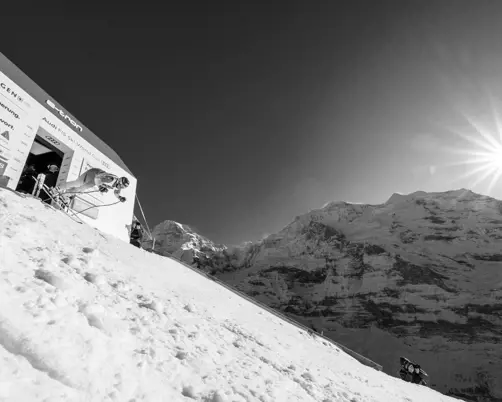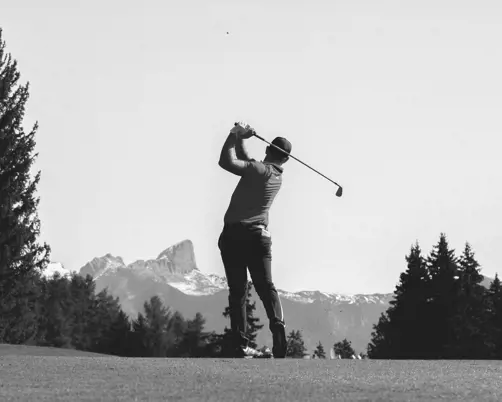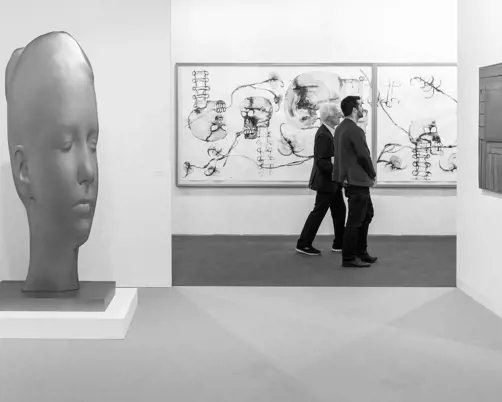What Goes Up Must Come Down
To succeed on the Lauberhorn downhill run, you need courage, strength, technique, and be able to keep a cool head. Follow us on a virtual ride down Switzerland’s most famous slope!
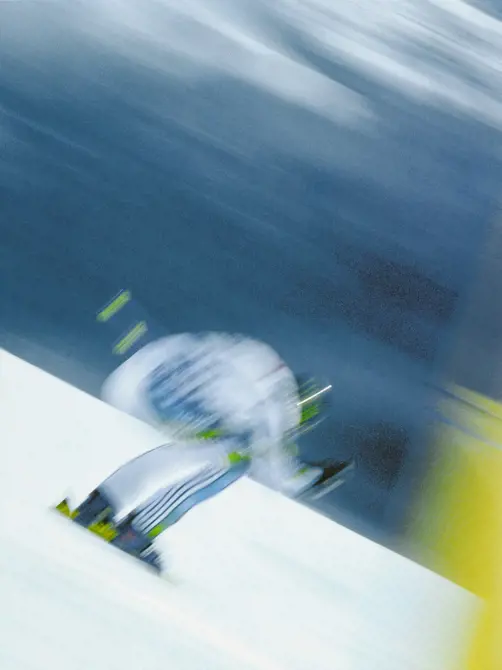
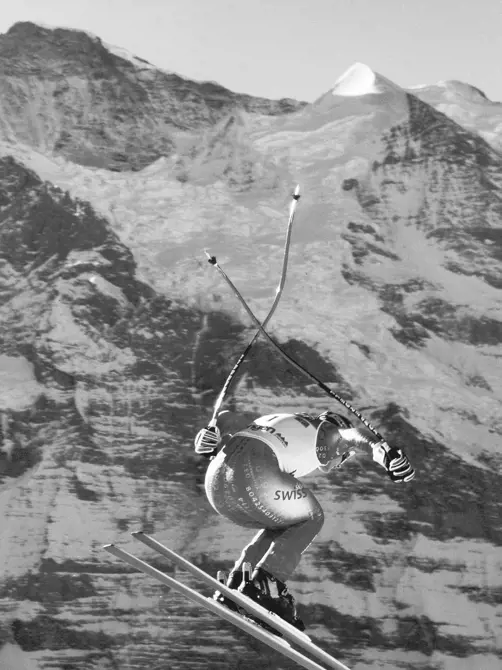
A 41° gradient, an altitude differ-ence of 1028 metres, top speeds of around 160 km/h and many key sections. At 4.48 kilometres, the Lauberhorn downhill track in Wengen is not only the longest race in the Alpine Ski World Cup but also one of the most demanding. Whoever wins here is consid-ered one of the greats – and must be able to endure. To show just how trying the world-renowned track is, Bernhard Russi took TV viewers on a virtual Lauberhorn downhill run back in 1986 and challenged them to stay in the same position as the athlete raced downhill on screen for as long as possible. A formidable challenge, but nothing compared to what the racers really achieve in Wengen. Two and a half minutes in the crouch position make the racers’ thighs burn. Just think of the centrifugal forces, the impacts and the mirror-smooth ice on the piste. This is the challenge of challenges. After just under half a minute of skiing, the aces crack the 130 km/h mark for the first time in the traverse shot. Following the panoramic curve of the Eiger, Mönch and Jungfrau in the background comes the most spectacular part, the Hundschopf. ‘Everything demanded of a downhill skier comes into play in the narrowest of spaces. The curves in front are narrower than usual, with less than five metres between the rocks on the left and the safety net on the right, and the edge of the jump is anyone’s guess,’ is how Russi, Olympic downhill champion in Sapporo in 1972, describes the spot. No sooner have the skiers passed the edge than they plunge into the seemingly bottomless pit. They drop 15 metres in one fell swoop. Then the Minsch ledge awaits, where Swiss Josef Minsch suffered a pelvic fracture in 1965. The difficulty here: you approach the passage with a left hand movement but have to leave it with a right-hand turn. This requires changing the inside ski on the jump edge, a highly technical move.
“Just think of the centrifugal forces, the impacts and the mirror-smooth ice on the piste. This is the challenge of challenges.”
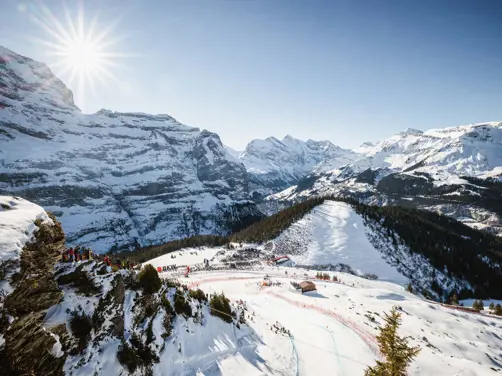
Around 10,000 of the more than 30,000 on-site fans position themselves on the Girmschbiel hill near the Wengernalp railway station. From there, lookers-on can appreciate the best view of the Hundschopf, the Minsch edge and the infamous Canadian Corner. In 1976, Canadians Dave Irwin and Ken Read literally flew off the slope in the long, steep right-hand bend on the left. Grit your teeth and cling to the slope is the motto at this point – after a good minute of skiing.
When the clock approaches the 1:14 minute mark, the skiers turn into the ‘craziest chicane in the World Cup’ (Bernhard Russi) at about 100 km/h: the Kernen-S. They will have to take the slope if they don’t reduce their speed enough. If they reduce too little, they risk a painful fall; if they brake too hard, they lose the race on the following gliding sections. The most technically tricky Lauberhorn downhill passage is named after the former world-class racer Bruno Kernen. The skier from the Bernese Oberland had a severe fall here in 1997 but was almost unhurt and won World Cup gold in his particular discipline in Sestriere less than a month later. In 2003, Kernen finally reconciled himself with the Lauberhorn and achieved the longed-for victory on his home turf.
The Lauberhorn is particularly unforgiving of error unless you’re Bode Miller. The US-American won in 2007 despite a fall shortly before the finish. ‘I didn’t fight back at all. Otherwise, I would have been in front or behind – which would have been dangerous,’ said Miller, who skidded over the snow for the final metres. He was not surprised that his strength left him: ‘I knew that after the Hanegg shot, my legs would burn, and I wouldn’t feel anything.’ In the Haneggschuss – after about 1:50 minutes of riding time – the athletes each reach their top speed.
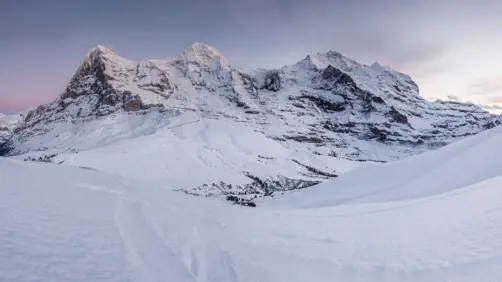
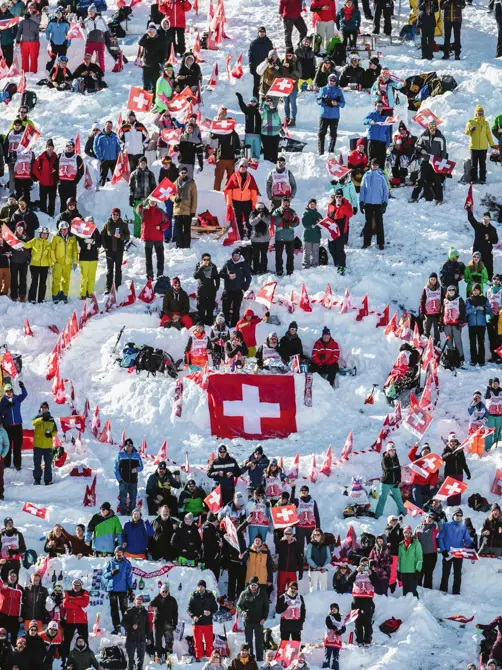
Frenchman Johan Clarey accelerated to 161.9 km/h there in 2013 – Lauberhorn and World Cup record. Nevertheless, he only placed fifth; the winner was Christof Innerhofer from South Tyrol. Often the race is decided by the finishing S sector, a bumpy, firmly turning right-left combination. When other downhill runs are long over, total concentration is still required at Lauberhorn.
It is by no means always the most daring who triumph in Wengen. Time and time again, the more technical racers come out on top. Alongside Kernen, Carlo Janka. In 2010, the skier from Graubünden brought Switzerland an acclaimed home victory with a sensational, almost perfect run in 2:32.23 minutes. Only one person kept his cool that day, Janka himself. He, who had made his Lauberhorn debut only a year earlier, just raised the index finger of his right hand for a few seconds at the finishing line and lived up, once again, to his Ice Man nickname. Celebratory dances at the end of a race are not his style, Janka explained later. Nevertheless, he was enormously pleased.
However, the most successful Swiss skier of the modern era in Wengen is Beat Feuz. The skier from the Bernese Oberland won the classic in 2012, 2018 and 2020. No other skier has achieved three triumphs since 1980. Another legend, local skier Karl Molitor is also at the top of the list of best skiers. The mountain guide and ski instructor, who died in 2014 at 94, collected six victories in the downhill race and five more in the slalom and combined runs between 1939 and 1947. Molitor’s trickery in his first success is legendary: he took a shortcut that schoolchildren had stamped into the deep snow and, despite a fall when turning into the regular piste, finished nine seconds ahead of the Austrian – Willi Walch. One of many thrillingly memorable Lauberhon moments.
Words Alex Kühn
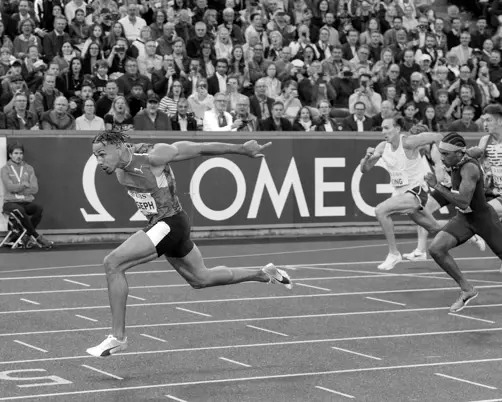
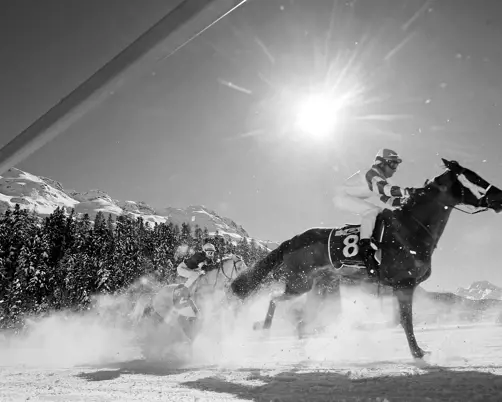
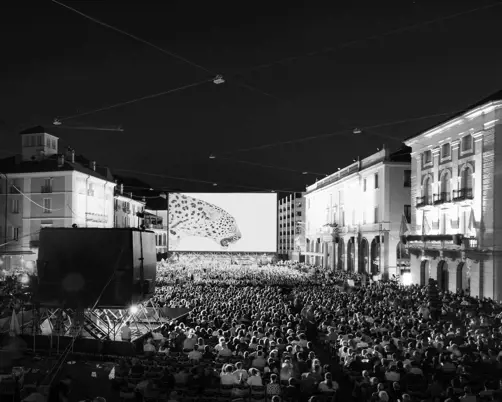
![Swiss Deluxe Hotels Stories Winter 2023 2024 Swiss Top Events 210813 Eoe LFO Chailly C Priskaketterer Lucerne Festival 02 Approved[4] Ecirgb](/media/tdel30wc/swiss-deluxe-hotels-stories-winter-2023-2024-swiss-top-events-210813_eoe_lfo_chailly_c_priskaketterer_lucerne_festival_02_approved-4-_ecirgb.jpg?width=502&height=402&format=webp&rnd=133452088125000000)
